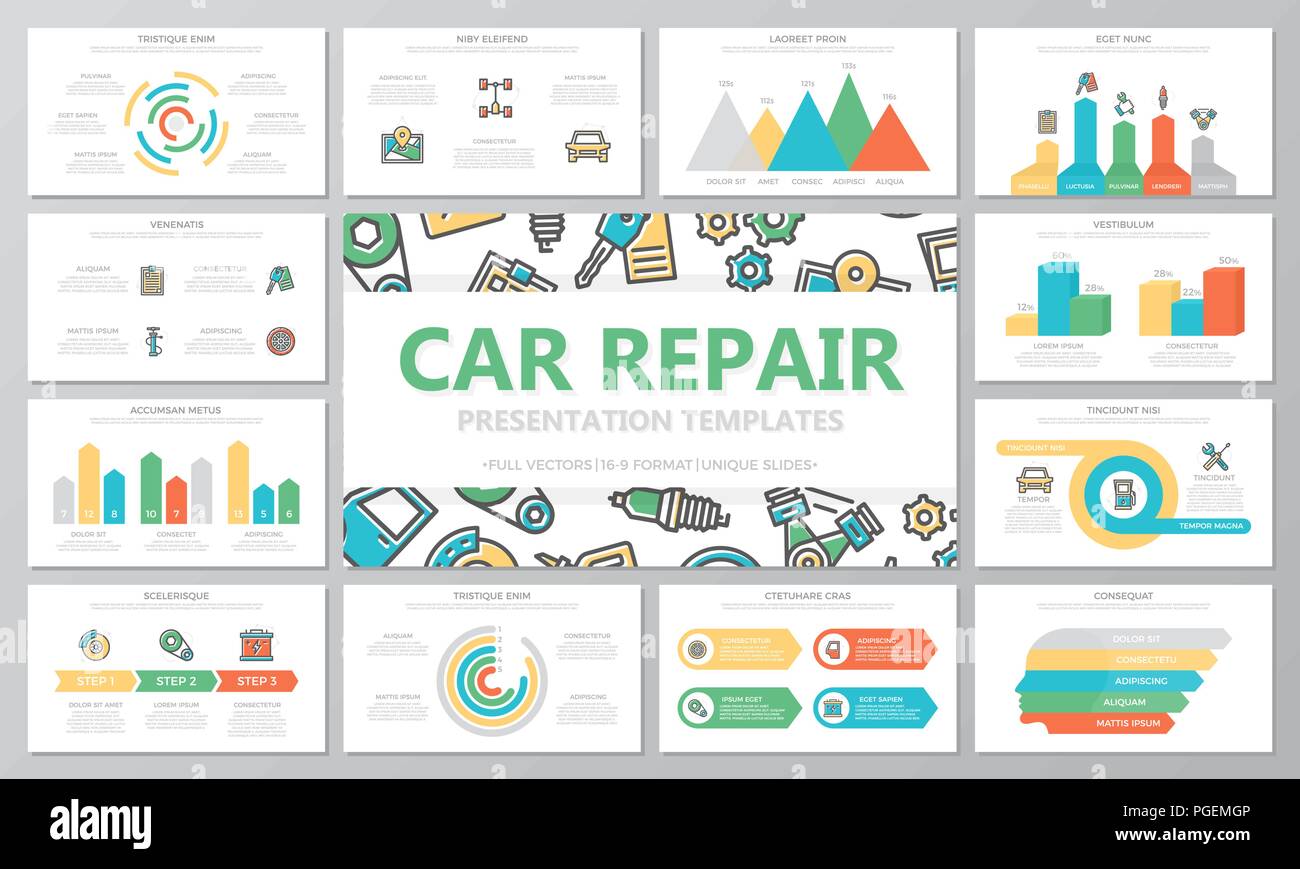Examining Your Cars And Truck'S Caution Indicators: What They Really Share
Examining Your Cars And Truck'S Caution Indicators: What They Really Share
Blog Article
Web Content Written By-Sykes Stark
When you lag the wheel, those glowing caution lights on your dashboard can be a little bit perplexing. Do you recognize what they're attempting to inform you concerning your car's health? Understanding the relevance of these lights is vital for your safety and the long life of your lorry. So, the next time one of those lights appears, would not you intend to decode its message accurately and take the necessary steps to resolve it?
Common Warning Lights and Interpretations
Identify usual caution lights in your auto and recognize their meanings to make certain risk-free driving.
The most common caution lights include the check engine light, which indicates issues with the engine or discharges system. If this light begins, it's crucial to have your vehicle inspected promptly.
The oil stress warning light suggests low oil pressure, needing immediate attention to avoid engine damage.
wheel cleaning blinking battery light could suggest a malfunctioning billing system, possibly leaving you stranded otherwise attended to.
The tire pressure monitoring system (TPMS) light informs you to low tire pressure, impacting lorry security and fuel effectiveness. Disregarding this could result in hazardous driving conditions.
The abdominal light indicates an issue with the anti-lock braking system, compromising your capacity to quit quickly in emergency situations.
Finally, the coolant temperature cautioning light warns of engine overheating, which can lead to serious damages if not settled promptly.
Understanding car wash detail will aid you resolve issues quickly and preserve secure driving problems.
Relevance of Prompt Attention
Recognizing the usual warning lights in your automobile is only the primary step; the value of quickly addressing these warnings can not be stressed enough to ensure your security when traveling.
When a caution light illuminates on your control panel, it's your cars and truck's way of interacting a possible issue that needs attention. Overlooking these cautions can bring about much more extreme problems down the road, jeopardizing your safety and possibly costing you a lot more out of commission.
Prompt interest to alerting lights can avoid break downs and mishaps. For instance, a flashing check engine light might show a misfire that, if left unattended, might create damages to the catalytic converter. Resolving this quickly can save you from a costly repair work.
In a similar way, a brake system advising light may signify low brake fluid or used brake pads, vital elements for your safety when driving.
DIY Troubleshooting Tips
If you notice a caution light on your control panel, there are a few do it yourself fixing tips you can try before looking for expert assistance.
The very first step is to consult your cars and truck's guidebook to understand what the certain caution light suggests. Sometimes the problem can be as basic as a loose gas cap setting off the check engine light. Tightening the gas cap may deal with the issue.
Another common concern is a reduced battery, which can trigger numerous warning lights. Examining the battery connections for corrosion and guaranteeing they're safe and secure might fix the issue.
If a caution light persists, you can try resetting it by detaching the automobile's battery for a couple of minutes and after that reconnecting it. Additionally, inspecting https://brakesandrotors62739.izrablog.com/32662847/the-comfort-of-mobile-cars-and-truck-detailing-transforms-your-lorry-s-appearance-however-is-it-as-effective-as-conventional-methods-discover-the-reality-behind-this-service , such as oil, coolant, and brake fluid, can aid troubleshoot warning lights associated with these systems.
Conclusion
To conclude, recognizing your auto's caution lights is necessary for keeping your car running smoothly and securely. By immediately dealing with these signals and understanding what they indicate, you can avoid pricey repair work and prospective failures.
Keep in mind to consult your cars and truck's guidebook for certain details on each advising light and take action as necessary to make certain a hassle-free driving experience.
Remain educated, stay safe when traveling!
